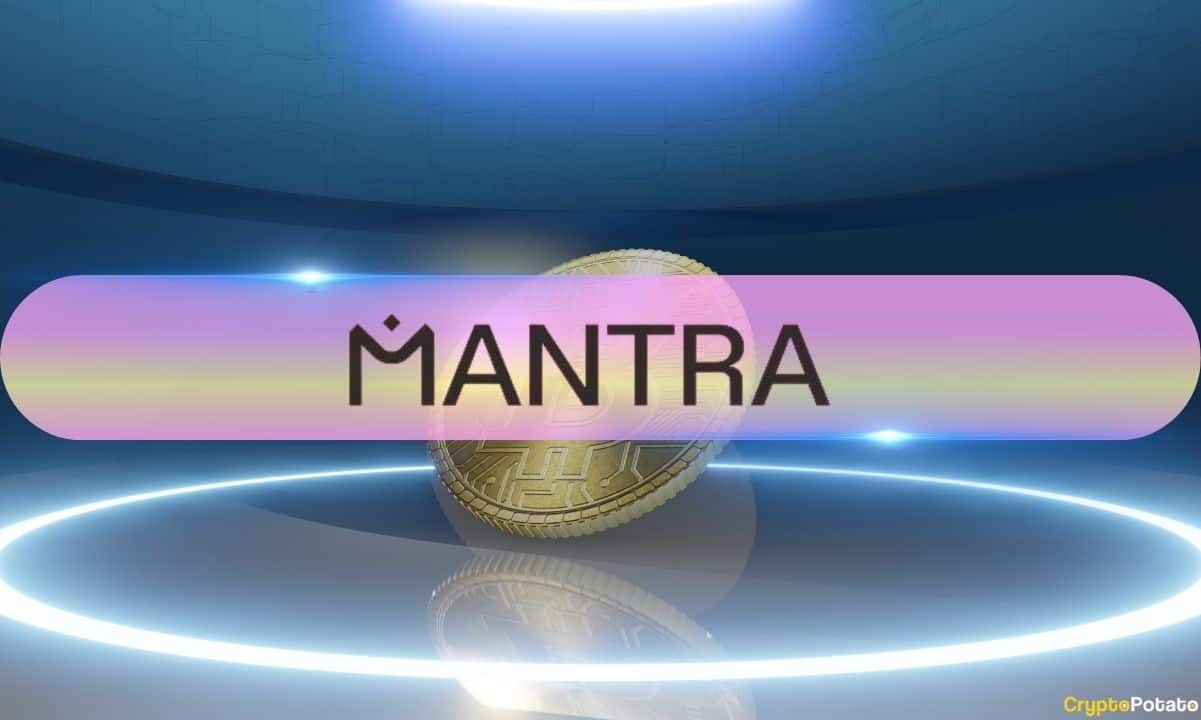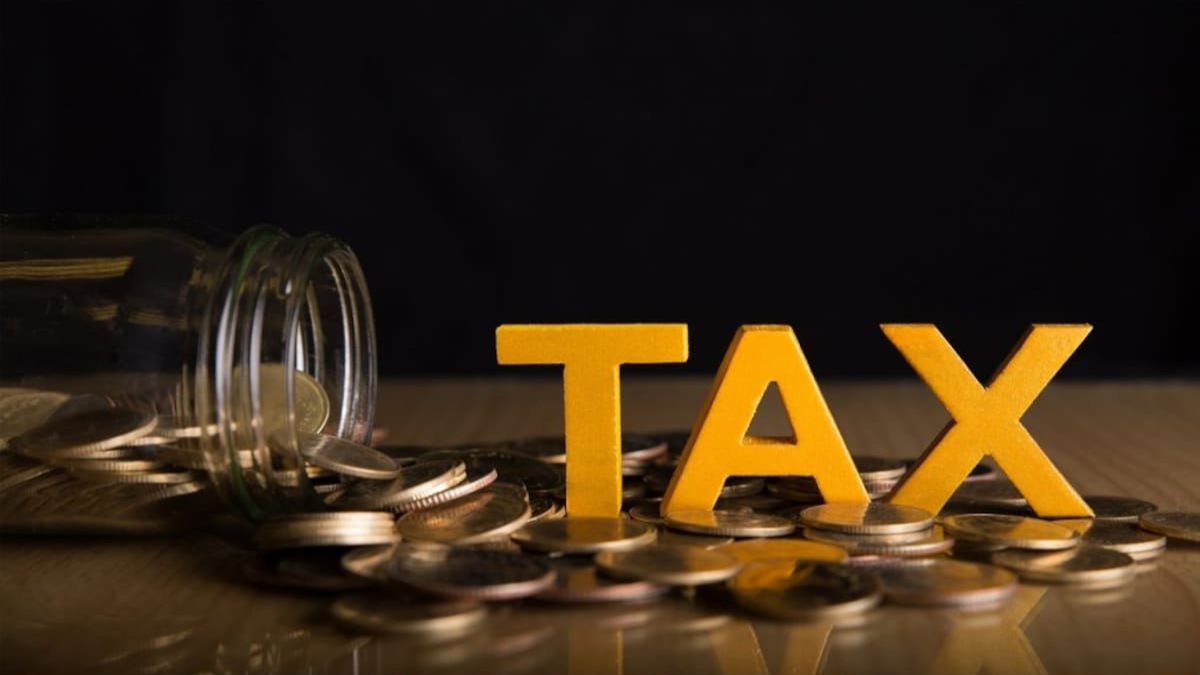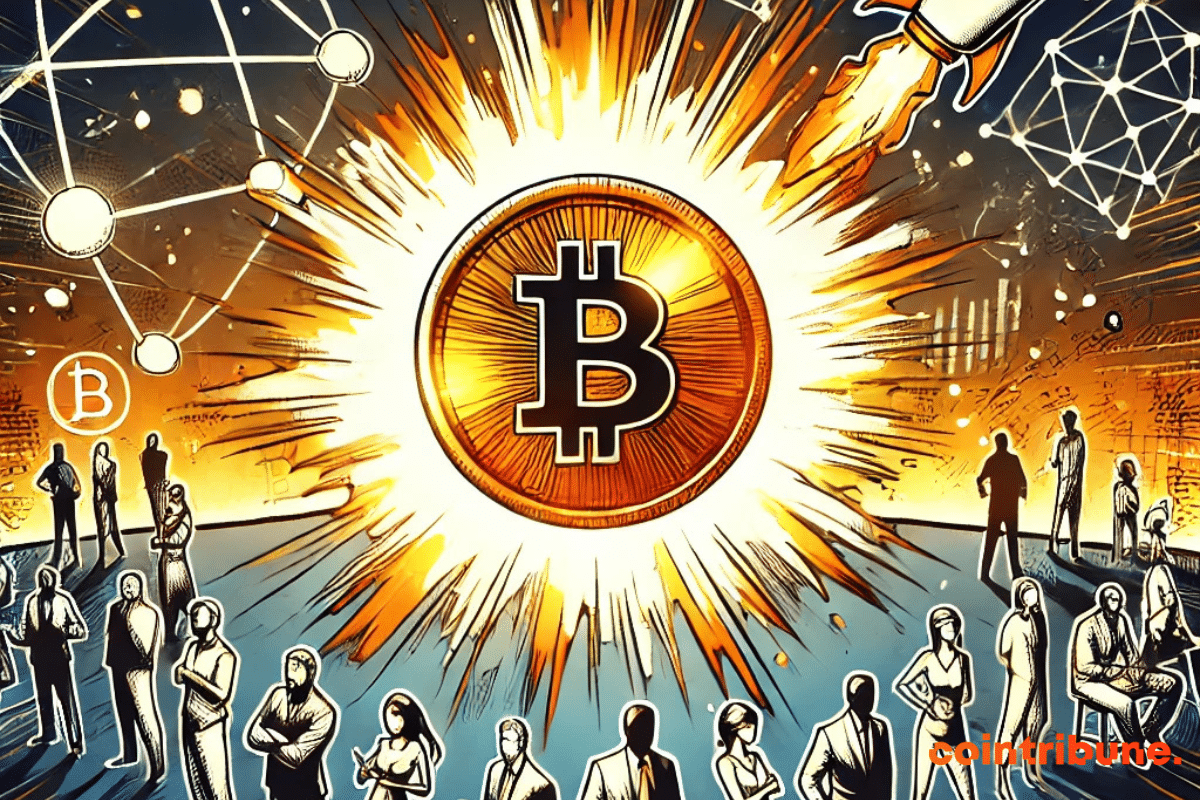
U.S. Bitcoin miners, including Mara Holdings, Riot Platforms, and CleanSpark, have raised over $3.7 billion since November through zero or near-zero coupon convertible notes, according to a Financial Times report on January 7. This funding aims to strengthen Bitcoin reserves and address escalating operational costs amidst shrinking profit margins.
The funds have been used primarily to purchase Bitcoin, leveraging the cryptocurrency’s soaring price, which hit $100,000 last month. Fred Thiel, CEO of Mara Holdings, stated, “This ‘Trump bump’ has essentially given us more impetus to continue to invest in the US. Our business model now is to accumulate as much bitcoin as [we] can.” Mara now holds nearly 45,000 Bitcoin, valued at over $4.4 billion.
Navigating Financial Pressure Amid Rising Costs
Despite Bitcoin’s price surge, miners continue to face significant challenges. Increasing energy prices have tightened profit margins, prompting miners to maintain robust reserves as a financial buffer. “It’s not as simple as the price of bitcoin has gone up and everyone’s happy,” said Russell Cann, Chief Development Officer at Core Scientific. “Complex challenges still remain around profitability and access to the grid.”
The cost of mining Bitcoin has surged, with CoinShares estimating that U.S.-listed miners spent an average of $55,950 per coin in the third quarter. When factoring in depreciation and stock-based compensation, the cost rises to $106,000—higher than Bitcoin’s trading price of $102,175 on Monday.
Impact of Halving and Competitive Landscape
The Bitcoin network halving in April reduced miners’ daily rewards from 900 to 450 coins, increasing financial strain on the industry. “If the price didn’t rise, then we would have started to see quite a few [miners] turn rigs off or go bust,” said James Butterfill, Head of Research at CoinShares.
Additionally, the hash rate—a measure of the computing power used for Bitcoin mining—hit an all-time high on Friday, reflecting fierce competition. This rise, coupled with increased energy costs, threatens to offset the benefits of Bitcoin’s price surge.
Competition from AI and Energy Challenges
The competition for energy resources in the US extends beyond Bitcoin mining, as artificial intelligence (AI) developers are rapidly increasing their energy consumption. Backed by substantial financial resources, AI companies present a significant challenge to Bitcoin miners.
Russell Cann, chief development officer at Core Scientific, highlighted that AI’s surging energy demand will make it increasingly difficult for Bitcoin miners to scale their operations within the US. From an economic standpoint, energy grids are more likely to prioritize AI data centers over Bitcoin mining facilities.
In response, many miners are turning to international opportunities. Mara Holdings, for instance, aims to relocate half of its mining operations abroad by 2028, targeting regions with surplus energy, such as Kenya and the UAE.
Despite these efforts, challenges persist. In Paraguay, for example, crypto miners have faced unexpectedly high energy costs, even in a country known for its energy surplus, complicating their expansion plans. Meanwhile, companies like Hut 8, Core Scientific, and Hive are diversifying by leasing data center capacity to AI hyperscalers.
Zach Bradford, CEO of CleanSpark, highlighted the ongoing uncertainty: “Yes, bitcoin’s up, and it really helps, but if energy prices were to spike tomorrow, it’s still a tough day to be a bitcoin miner.”
Energy Usage Under Scrutiny
The energy-intensive nature of Bitcoin mining has drawn criticism and regulatory attention. Mining operations are estimated to consume 2.3% of the U.S. grid’s capacity, equivalent to the annual energy usage of Poland. In Texas, utility regulators now require data centers consuming more than 75MW to submit annual energy reports.
As the industry grapples with rising energy costs and competition from AI, miners are exploring ways to adapt while safeguarding their profitability and sustainability.









